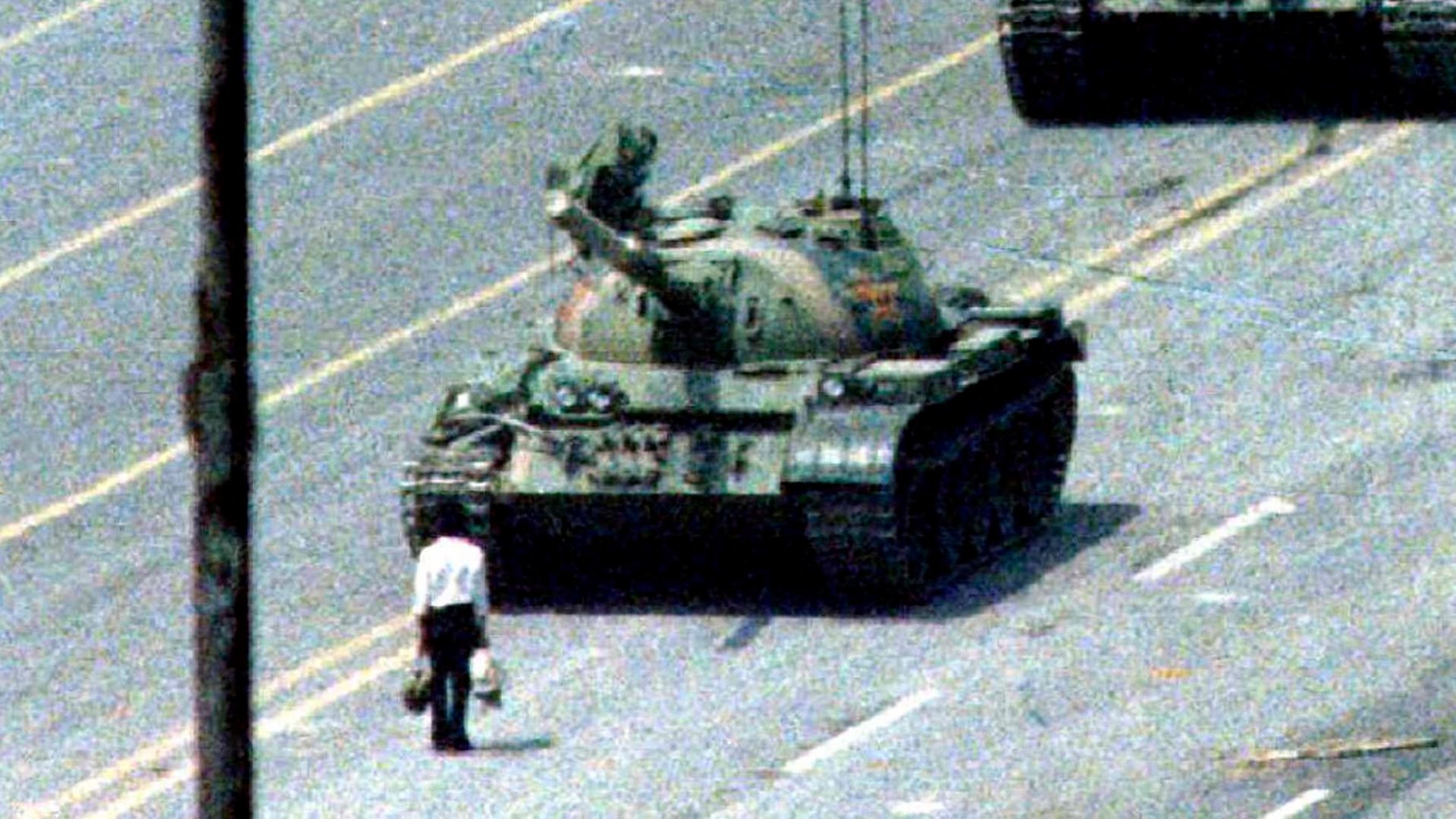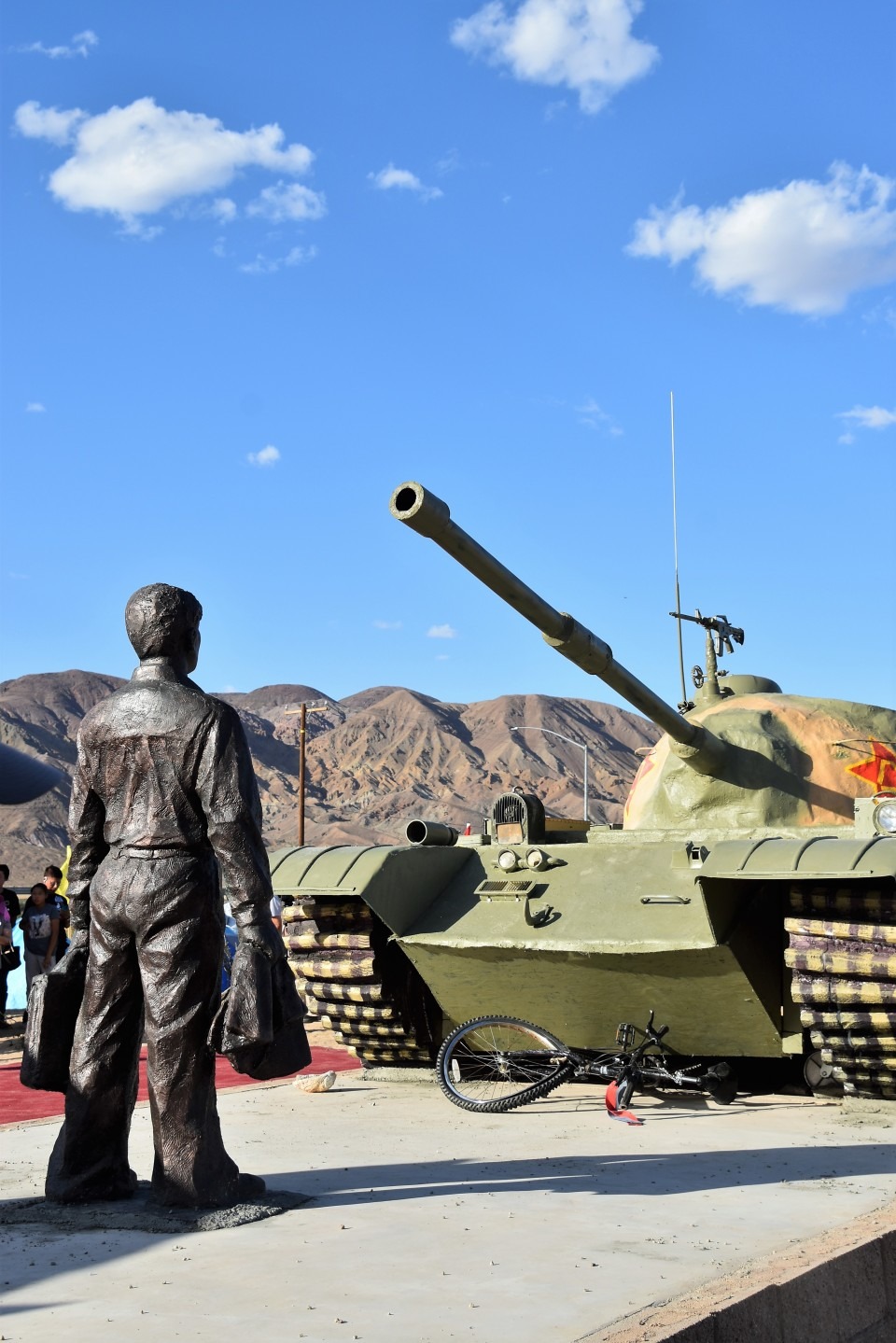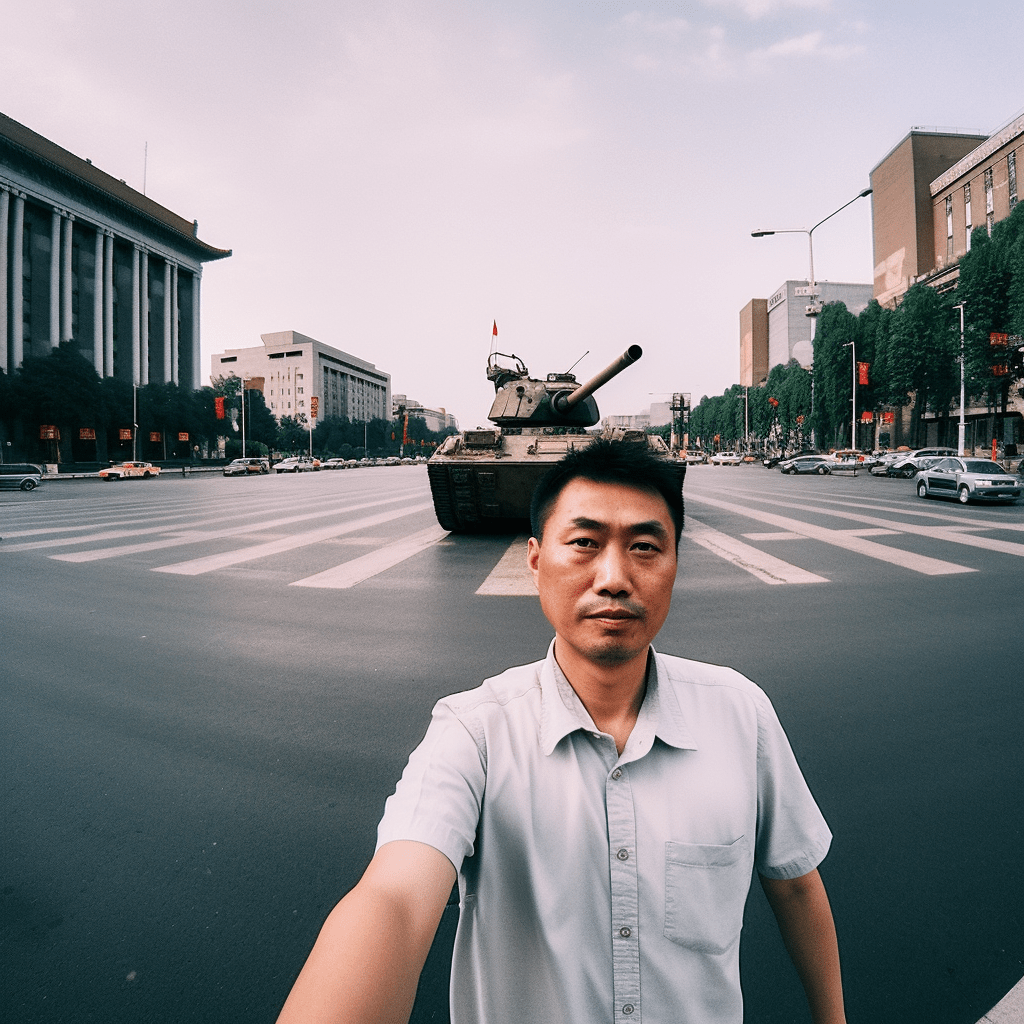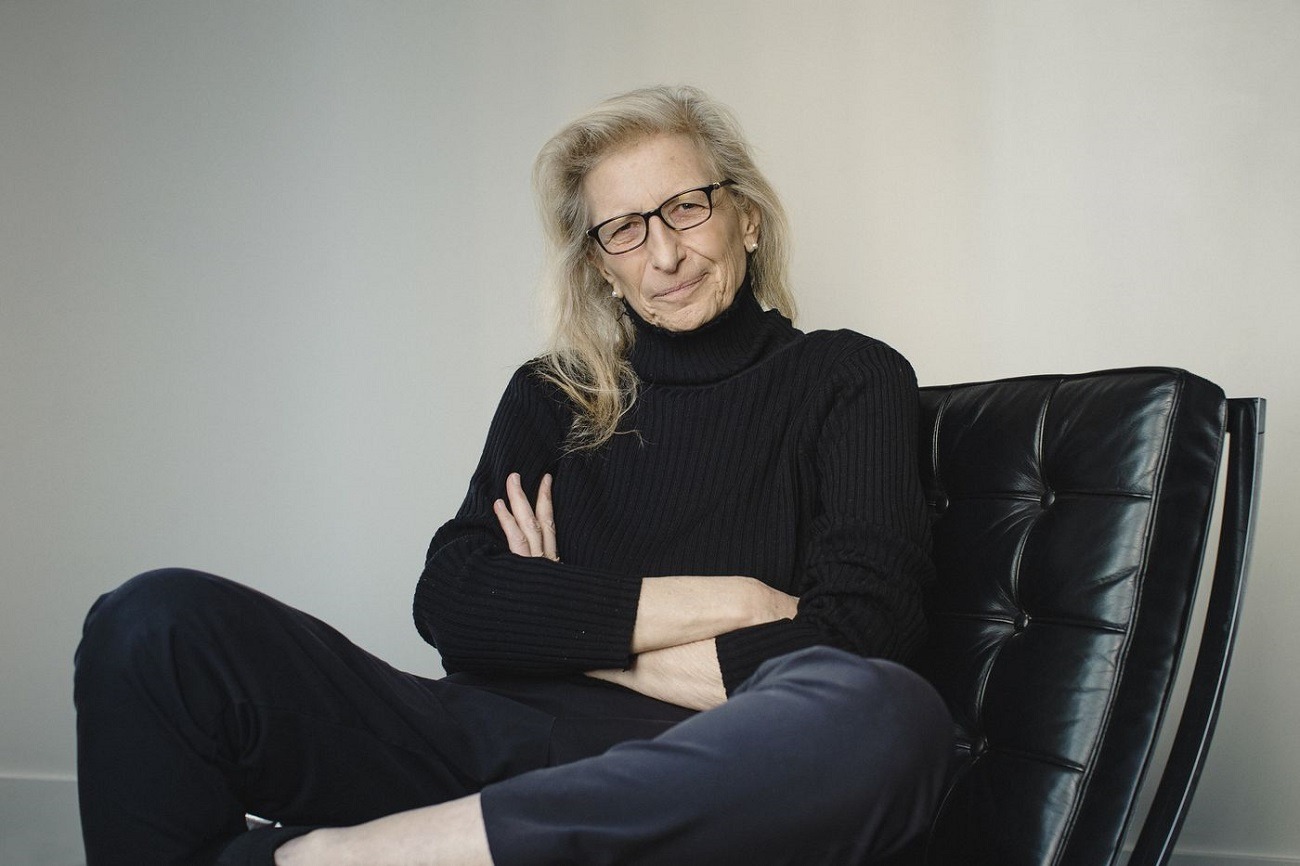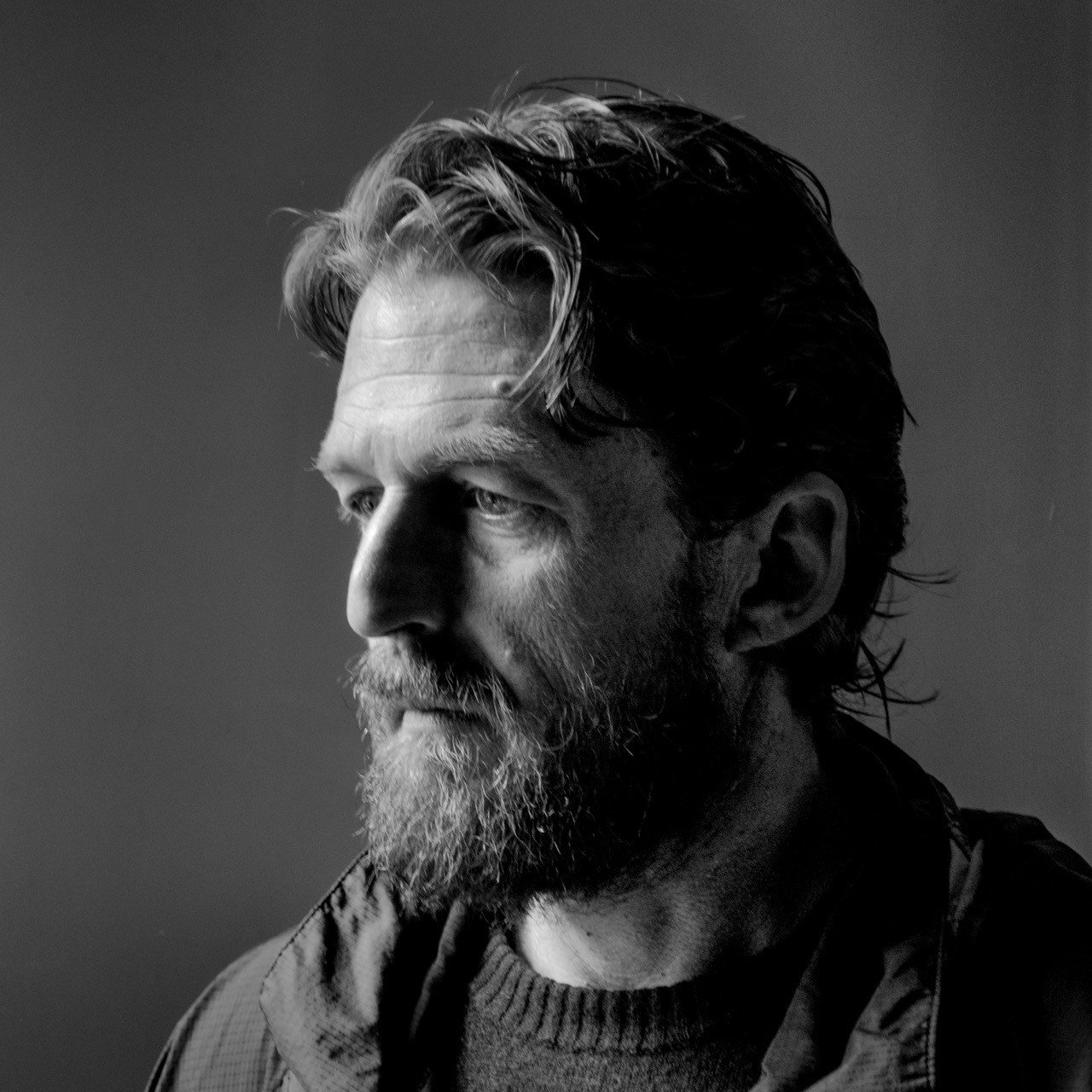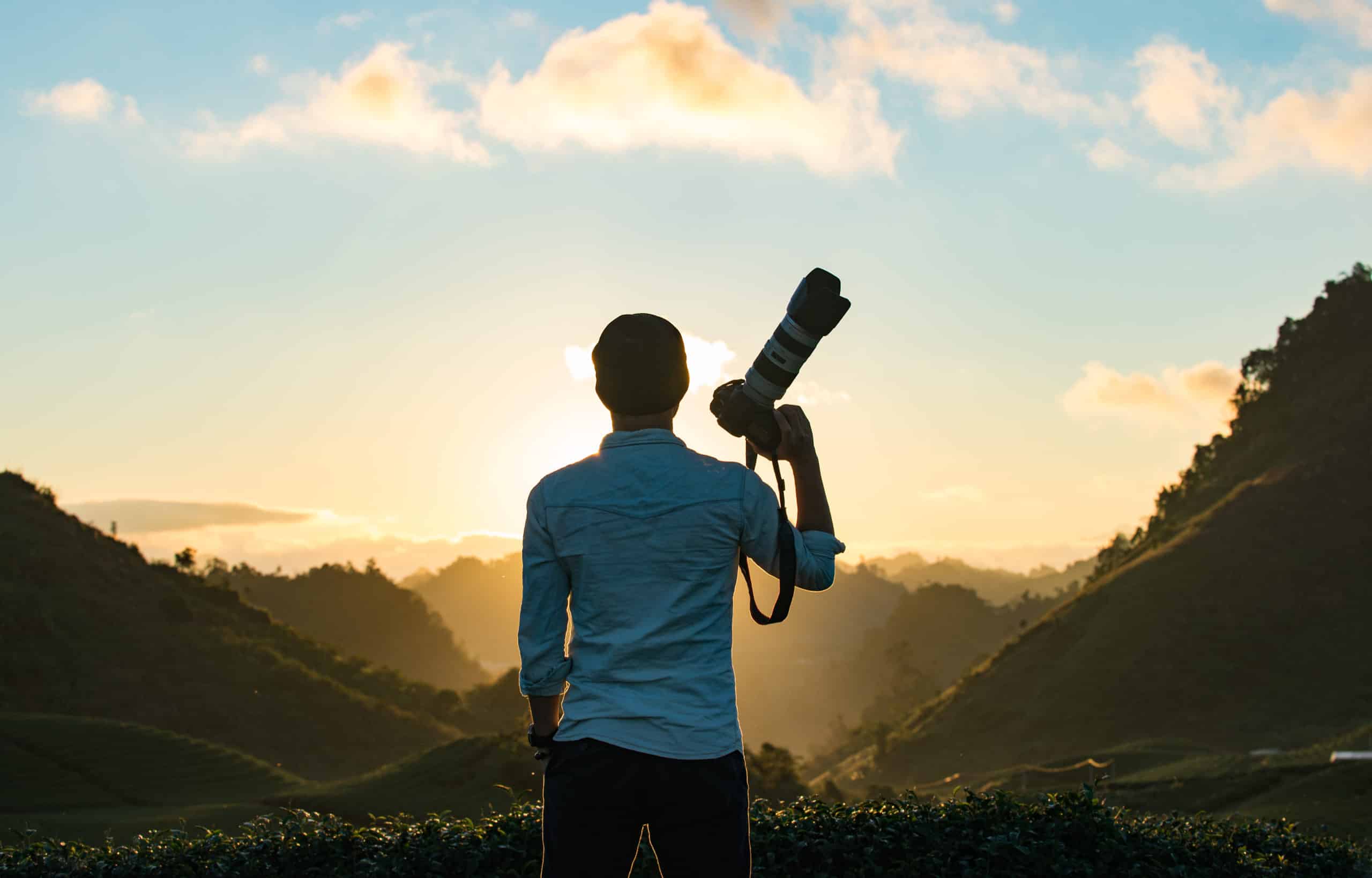As the renowned saying goes, “A picture is worth a thousand words.” In Jeff Widener’s case, it was worth 1,000,000. Widener, a notable Associated Press photographer, in 1989 took one of the most iconic images of the twentieth hundred years – an image that symbolized an exceptional demonstration of courage and disobedience even with overwhelming power. The man referred to the world just as the ‘Tank Man,’ standing alone before a section of tanks moving toward Tiananmen Square, turned into a symbol of opposition that would everlastingly be imprinted in global consciousness.
The events leading up to the photograph are as enamoring as the actual picture. In 1989, a rush of fights cleared across China. Individuals, demanding more democracy and freedom, congregated at Tiananmen Square. The climate was full of pressure; the Chinese government had already announced martial regulation. It was inside this cauldron of distress that Widener viewed as his iconic subject.
Photography enthusiasts will find the intricacies of shooting in such a challenging environment fascinating. For a definite study of similar scenarios, Shooting Under Fire: The World of the War Photographer by Peter Howe is a recommended read.
Widener, furnished with his Nikon F3 camera and telephoto lens, realized he needed to move quickly. The image was there, however the situation was volatile. His camera, equipped with 400 ASA film, was ideally suited for the lower light conditions, and a lens aperture of f/5.6 likely provided him with the profundity of field he expected to guarantee his subject was in center against the backdrop of the tanks.
The captured image was stunning – a solitary figure in a white shirt, clutching his grocery bags, standing defiantly before a convoy of mammoth war machines. It was an artistic masterpiece, a visual oddity of delicacy and power. The ‘Tank Man’ was a typical resident, at this point he exemplified an unprecedented soul of opposition.
However, the test didn’t end with catching the image. Given the strained situation in China, Widener had the colossal task of getting the film out of the nation and under the control of his editors at the Associated Press.
In a move as striking as the ‘Tank Man’ himself, Widener masked himself as a Chinese businessman, escaped his lodging under the front of dimness, and advanced toward the Associated Press department in Hong Kong. This shroud and-knife activity added a component of interest and risk to Widener’s story.
The images were created, and Widener sent them over a satellite telephone to his editors. The photograph, once released, immediately turned into a global sensation, igniting discussions about democracy, freedom, and human privileges. It additionally brought Widener’s courageous and talented work into the limelight.
Widener’s excursion of catching the ‘Tank Man’ is an arresting story of artistic vision, specialized mastery, and sheer courage. It fills in as a demonstration of the power of photography to catch solitary snapshots of humanity that resound through history. His experience is an indication of the lengths photographers frequently go to guarantee the world sees what should be seen.
Today, the ‘Tank Man’ photograph stands as a symbol of courage and resistance, embodying a significant crossroads ever. It is a distinct update that occasionally, the most significant stories come from a solitary casing, a solitary second, a solitary demonstration of rebellion.
For those keen on investigating more about the power of photography to shape stories, The Photograph as Contemporary Art by Charlotte Cotton is a fantastic read.

